The question of how to get 3D technology into every living room is set to dominate Computex this week, as the technology becomes cheaper and migrates from multiplex cinemas to ordinary homes.
“In the past, TV display resolutions were low, so people could only watch 3D movies in theaters, where they also had to wear goggles,” said Stephen Jeng, -secretary-general of the 3D Interaction and Display Alliance (3D互動影像顯示產業聯盟).
“Now, equipped with Blu-ray 3D players, people can watch [3D] movies at home on their own TVs.”
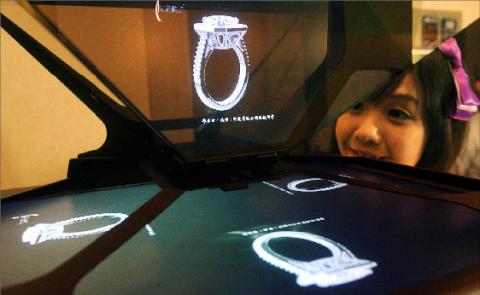
Photo: Lin Cheng-kun, Taipei Times
Most exhibitors are tight-lipped over what new gadgets they will unveil at the show, hoping the element of surprise will add to the impact on potential customers.
Among technologies confirmed to be on display is one developed by the Industrial Technology Research Institute (ITRI, 工業技術研究院), a semi-official research body, allowing 2D and 3D to be shown side-by-side.
Another example of what’s in store is The HoloAD, a box-like device developed by Taiwan-based company Innovision Labs Co (崴擎科技), which allows a 3D display for advertisements.
The development of 3D content remains slow because of high production costs, but forecasts for the sector are bullish.
This year, up to 12.9 million TV sets with built-in 3D are expected to be sold worldwide, up from 3.5 million last year, according to a forecast from ITRI.
Last year’s global sales of 3D TV panels accounted for 2.1 percent of the total number of panels sold worldwide said the institute, which expects the figure to triple this year before soaring to more than 50 -percent by 2015.
Technology giants such as South Korea’s Samsung and Japan’s Sony have already released 3D TV sets, and Taiwanese competitors are expected to follow later this year.
BenQ Corp (明基) and Chimei Innolux Corp (奇美) both plan to launch 3D TVs this year.
“Our 3D display sales in China, largely for use in desktop monitors and TV sets, will account for 20 percent of total shipments there,” Chimei Innolux spokeswoman Loreta Chen (陳靜燕) said.
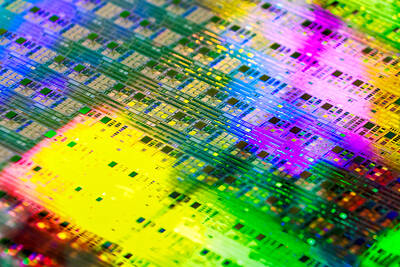
NO BREAKTHROUGH? More substantial ‘deliverables,’ such as tariff reductions, would likely be saved for a meeting between Trump and Xi later this year, a trade expert said China launched two probes targeting the US semiconductor sector on Saturday ahead of talks between the two nations in Spain this week on trade, national security and the ownership of social media platform TikTok. China’s Ministry of Commerce announced an anti-dumping investigation into certain analog integrated circuits (ICs) imported from the US. The investigation is to target some commodity interface ICs and gate driver ICs, which are commonly made by US companies such as Texas Instruments Inc and ON Semiconductor Corp. The ministry also announced an anti-discrimination probe into US measures against China’s chip sector. US measures such as export curbs and tariffs
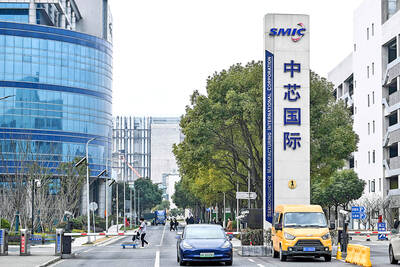
The US on Friday penalized two Chinese firms that acquired US chipmaking equipment for China’s top chipmaker, Semiconductor Manufacturing International Corp (SMIC, 中芯國際), including them among 32 entities that were added to the US Department of Commerce’s restricted trade list, a US government posting showed. Twenty-three of the 32 are in China. GMC Semiconductor Technology (Wuxi) Co (吉姆西半導體科技) and Jicun Semiconductor Technology (Shanghai) Co (吉存半導體科技) were placed on the list, formally known as the Entity List, for acquiring equipment for SMIC Northern Integrated Circuit Manufacturing (Beijing) Corp (中芯北方積體電路) and Semiconductor Manufacturing International (Beijing) Corp (中芯北京), the US Federal Register posting said. The
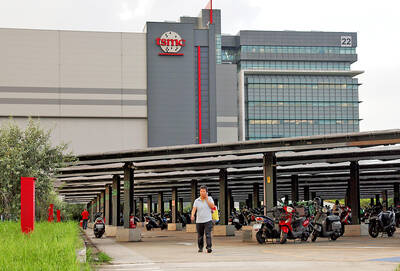
READY TO HELP: Should TSMC require assistance, the government would fully cooperate in helping to speed up the establishment of the Chiayi plant, an official said Taiwan Semiconductor Manufacturing Co (TSMC, 台積電) yesterday said its investment plans in Taiwan are “unchanged” amid speculation that the chipmaker might have suspended construction work on its second chip packaging plant in Chiayi County and plans to move equipment arranged for the plant to the US. The Chinese-language Economic Daily News reported earlier yesterday that TSMC had halted the construction of the chip packaging plant, which was scheduled to be completed next year and begin mass production in 2028. TSMC did not directly address whether construction of the plant had halted, but said its investment plans in Taiwan remain “unchanged.” The chipmaker started
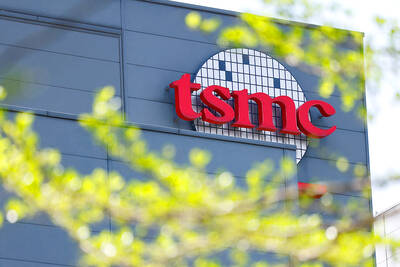
TECH TITAN: Pandemic-era demand for semiconductors turbocharged the nation’s GDP per capita to surpass South Korea’s, but it still remains half that of Singapore Taiwan is set to surpass South Korea this year in terms of wealth for the first time in more than two decades, marking a shift in Asia’s economic ranks made possible by the ascent of Taiwan Semiconductor Manufacturing Co (TSMC, 台積電). According to the latest forecasts released on Thursday by the central bank, Taiwan’s GDP is expected to expand 4.55 percent this year, a further upward revision from the 4.45 percent estimate made by the statistics bureau last month. The growth trajectory puts Taiwan on track to exceed South Korea’s GDP per capita — a key measure of living standards — a